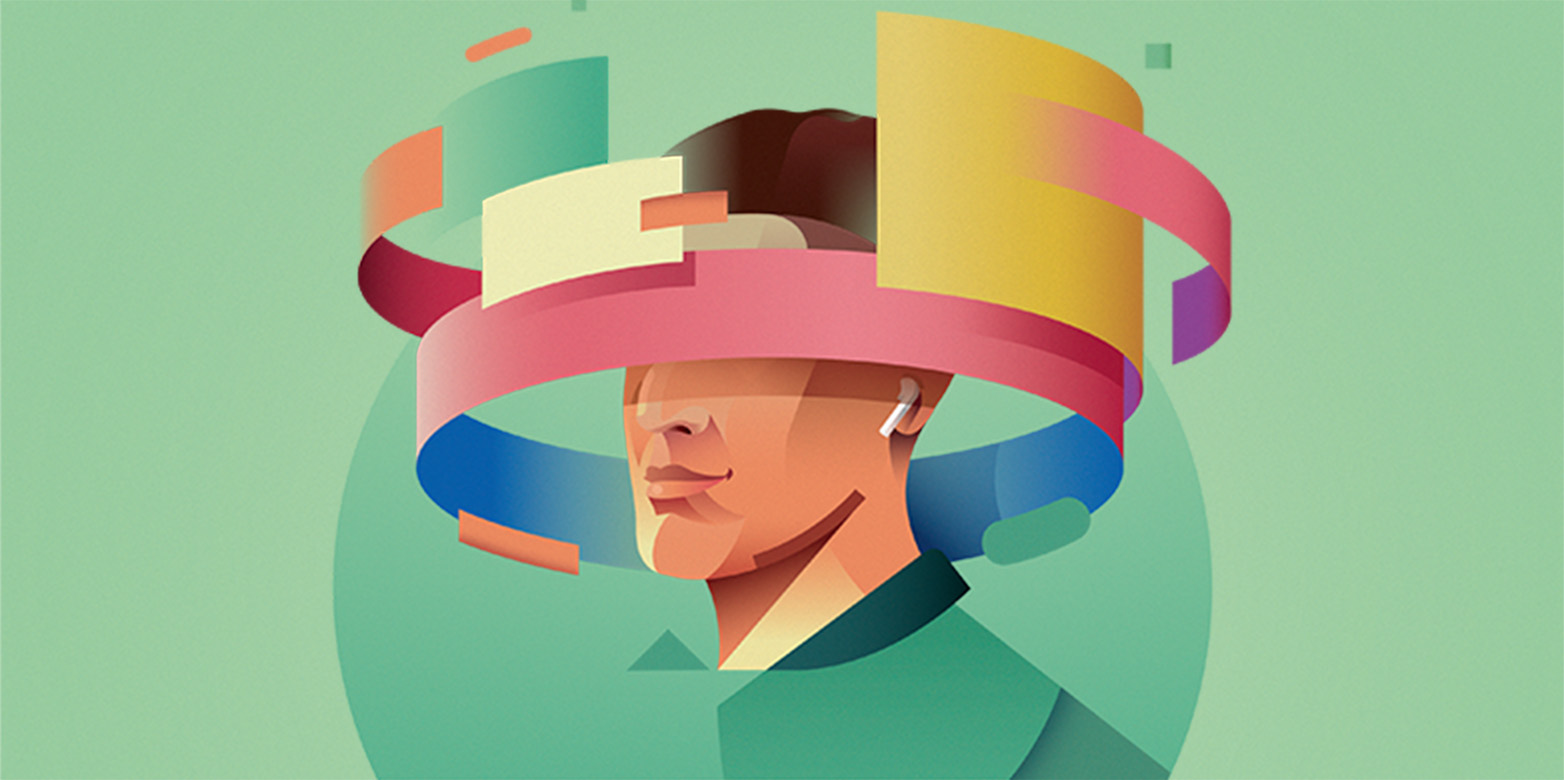The algorithm on my team
The automation of work is increasing at a tremendous pace. But how well do technology and humans really work together in a digitised world?

Smart robots, self-driving cars, drones and ubiquitous sensors – for some people, these images raise hopes of huge productivity gains and corporate profits, but for others they set alarm bells ringing. In 2013, economist Carl Benedikt Frey and engineer Michael A. Osborne from Oxford University published a study in which they estimated that 47 percent of jobs in the US might soon be lost to automation due to rapid advances in robotics and artificial intelligence. So might the Fourth Industrial Revolution be leading us directly to mass unemployment?
Gudela Grote doesn’t think so. A Professor of Work and Organisational Psychology at ETH, she notes that Frey und Osborne’s findings have been questioned on multiple occasions since they were published. One objection is that the authors did not consider the fact that automation tends to eliminate individual tasks rather than entire jobs. “What’s more likely is that people and machines will work together even more closely in the future,” says Grote. “So the questions we should really be asking are how jobs will change, which tasks can be performed better by humans, and which can be performed better by machines.”
Construction robots and autonomy
Automation has been a focus of research in organisational psychology since the Industrial Revolution, or perhaps even earlier. Yet today’s technological advances and their impact on people’s day-to-day work are markedly different to previous revolutions. “Technology itself is increasingly becoming a key player,” says Grote. Huge quantities of data combined with artificial intelligence and machine learning are laying the foundations for intelligent, self-learning systems, enabling the automation of ever more complex and cognitively demanding processes. The construction industry is a good example. Once upon a time, robots were limited to carting around bricks and sacks of cement – but now they are on the verge of being able to build load-bearing walls by themselves.
Within the framework of the Digital Fabrication National Centre of Competence in Research (NCCR), Grote conducts research into how work processes and job profiles are evolving in the construction industry as a result of increasing digitisation. “In the future, we might see bricklayers working with 3D glasses and supported by a robot,” she says. A system of this kind was developed recently by ETH robotics specialist Timothy Sandy. Whether employees perceive this as a gain or a loss depends on their perception of how much autonomy they have in their work, says Grote. Psychological research conducted over the past 70 years has shown that the freedom employees have to organise their own work plays a decisive role in their job satisfaction, motivation, creativity, performance and health.
Predicting the unpredictable
While Gudela Grote is interested in how people respond to machines, Melanie Zeilinger focuses on teaching machines to cooperate better with humans. An Assistant Professor at the Institute for Dynamic Systems and Control, Zeilinger heads up a group specialising in the development of algorithms for learning control systems. Human-machine interaction is an important application of these kinds of systems. Successful interaction requires the machines to make continuous predictions as to how humans might act next.
“Humans are not deterministic. We always react slightly differently to the same given situation, plus of course each individual person is different,” says Zeilinger. “That’s why we have to work with stochastic systems and probabilities and allow the systems to adapt.” She emphasises the importance of safety, which must be guaranteed by the control algorithm, explaining how this can be achieved while allowing machines to learn directly from humans.
As an example, she cites a case where she enables interaction to take place between a human worker and a KUKA robotic arm – the type often used on production lines – via a passive triple joint. Sensors are mounted on the arm to transmit its movements to the robot, allowing the control algorithm to learn the movements and train a predictive model for movement sequences. In the factory of the future, the robotic arm will need to be able to anticipate the movements of its human counterpart.
Zeilinger refers to the results of this kind of research as “human-in-the-loop” control systems. One concrete application is the Lokomat, a robotic gait orthosis used in the rehabilitation of patients with neurological disorders. Developed by the company Hocoma AG in collaboration with the Sensory-Motor Systems Lab at the Department of Health Sciences and Technology, the Lokomat features an interface that allows therapists to control a therapeutic system based on 13 parameters.
Zeilinger’s group has developed an algorithm that offers suggestions on parameter adjustments. The algorithm teaches itself by recording adjustments made by therapists and learning based on their decisions. “The goal was to incorporate the therapists’ expertise into our algorithm,” says Zeilinger. Although the target function of the system – namely, achieving a good and healthy gait – is difficult to define in mathematical terms, a trained therapist can evaluate this function easily. It took an average of fewer than ten parameter adjustments for the system to adapt to a healthy test subject. It even provided the therapist with alternative suggestions that the therapist assessed positively.
Education in Industry 4.0
Increasing human-machine interaction also raises political issues, says Gudela Grote. “Automation is forcing us to constantly reassess our education system,” she says, arguing that it is still unclear how many professionals and academics will be required in Industry 4.0. According to Grote, society will also have to make tough decisions on what degree of automation it actually wants, especially in complex and potentially hazardous systems such as nuclear power plants and aircraft. Faced with a risk situation, who makes the final decision: humans or artificial intelligence? And who is responsible for the consequences?
As an organisational psychologist, Grote admits that advising engineers and questioning their assumptions can be frustrating: “Even though organising work is part of an engineer’s job, we’re often regarded as troublemakers.” Now, however, she is noticing a generational shift – a wind of change blowing through the corridors of ETH. Melanie Zeilinger does not currently have an organisational psychologist in her research group, but she says that is likely to change in the future. “Personalising intelligent, self-learning systems is one of the keys to successful human-machine interaction,” says Zeilinger.


Comments
No comments yet